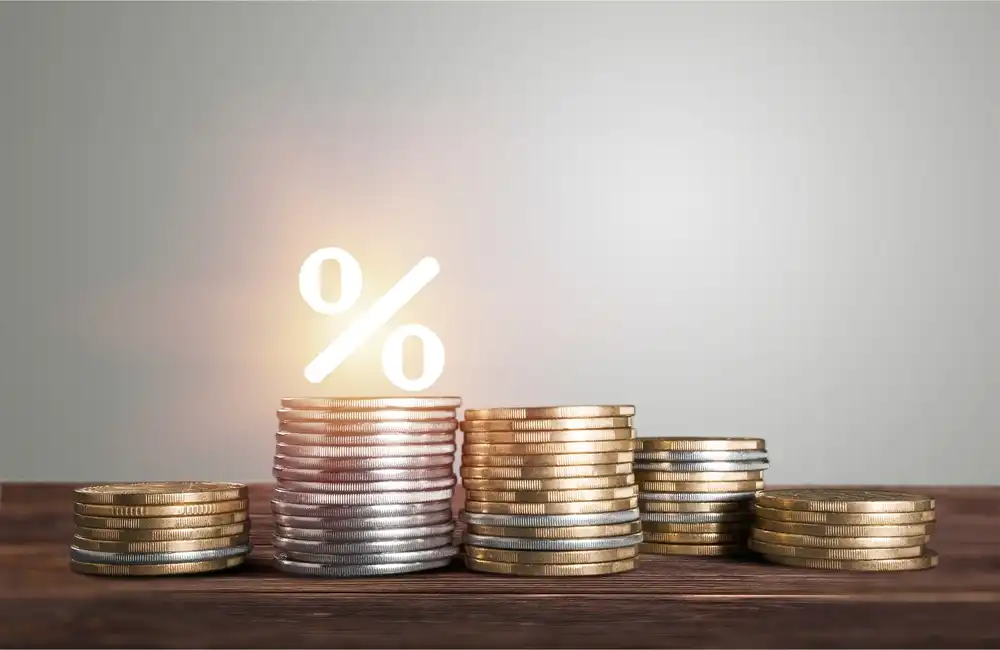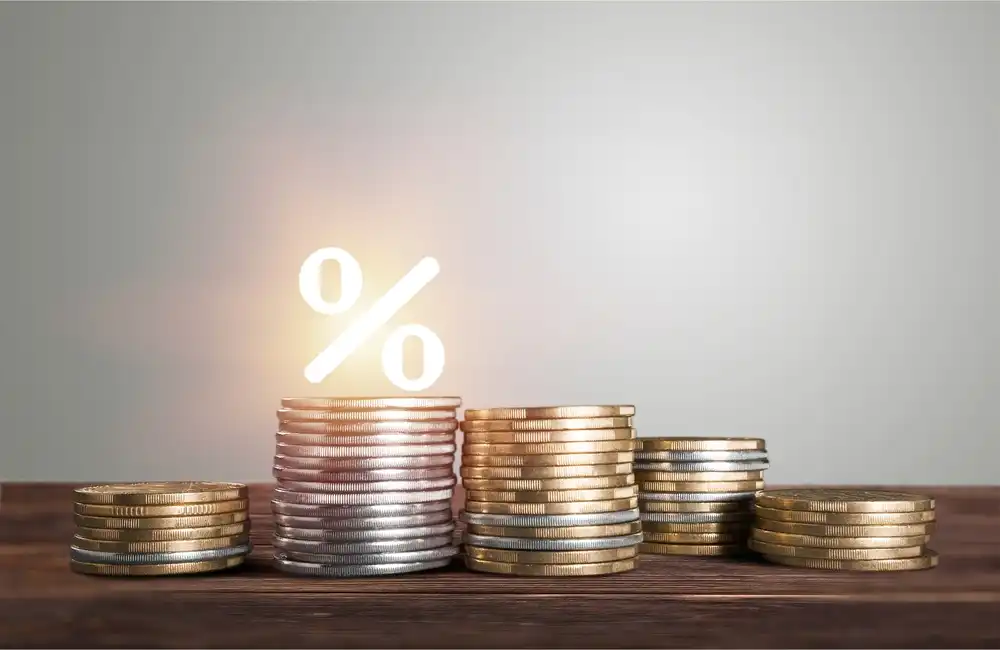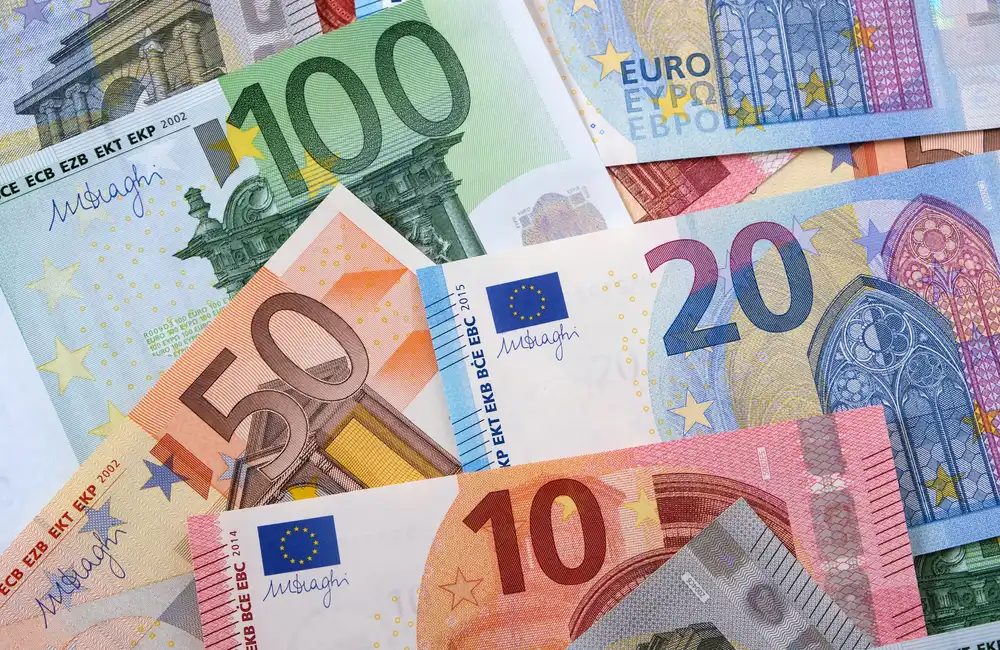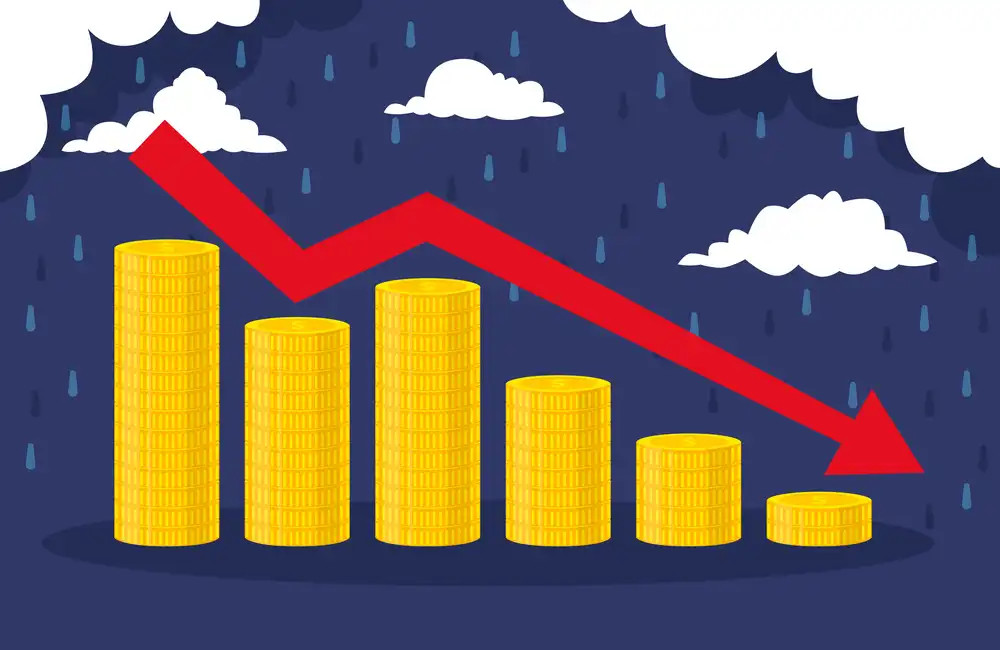Some of the China-based nonferrous metals producers and traders are looking to export businesses after seaborne prices soared following the Russia-Ukraine conflict, while losses widened on imports, industry sources said on March 4.
Domestic prices for nonferrous metals such as aluminum, alumina, copper, and nickel failed to keep up with surging seaborne prices after Russia invaded Ukraine, making exports of Chinese products lucrative. China is a net importer of primary aluminum, alumina, copper cathodes, and refined nickel.
The war in Ukraine has also sparked fears of squeezing supplies of nonferrous metals worldwide, boosting seaborne prices.
Domestic Chinese prices have risen at a relatively slower pace due to caution from downstream consumers in what is seen as a strong pricing environment alongside an inventory build, sources said.
Copper
Chinese copper cathode import premium also fell due to the absence of domestic demand redemption and closure of import arbitrage with high copper prices.
During the S&P Global Commodity Insights Platts Market on Close assessment process, Platts assessed Chinese copper import premiums in a range around $20/mt plus London Metal Exchange cash, CIF China, March 4, for LME-registered normal brands of electrolytically-refined cathode, down $17/mt week on week and the lowest since June 21.
Import losses skyrocketed to Yuan 3,000/mt ($475/mt) on March 4, which forced domestic smelters to shift to exports, market sources said. Plenty of traders were moving shipments to bonded sweecon warehouses as a result, sources said, contributing to a massive build-up of inventories.
Aluminum
A lower disparity between Shanghai Futures Exchange and LME prices could spur Chinese exports of semi-finished aluminum products, sources said. The ratio dropped 0.51 from a day earlier to 6.21 at 3:00 pm Beijing time, March 4, the SHFE data showed.
A seaborne price surge has left the arbitrage window for importing primary aluminum into China shut, with widening negative margins, sources said. Due to a 15% export tax on Chinese primary aluminum, the seaborne prices are not high enough for exports to be attracted at the first instance.
Some Chinese exporters are seeking to ship more semi-finished aluminum products to profit from the market, sources said.
Alumina
The alumina import arbitrage window from China has also been closed as seaborne prices rise in the face of soaring aluminum and tightening supply.
China's alumina may then enter the overseas market with seaborne prices rather high, while domestic refineries resume much idled capacity or last new projects go into operation, the sources said.
Australian alumina values were assessed at a $120/mt premium to Chinese production on import-parity terms, March 3, based on Platts assessments at $460/mt FOB Australia and Yuan 3,000/mt ex-works Shanxi. The assessment also gives a freight rate of $63.10/mt for shipping 30,000 mt from Western Australia to Lianyungang, China.
Nickel
China's nickel import losses further widened, reaching about Yuan 16,000-Yuan 18,000/mt on March 4.
At a time when demand from downstream stainless-steel makers is soft, market participants were concerned if the refined nickel shipments will be delivered to China, instead of its original destination in EU and US ports which were sanctioned, sources added.
The SHFE's LME nickel price ratio tumbled to 6.77 on March 4 from 7.21 a week earlier, according to SHFE data.
“Theoretically, you could export nickel from China because of the arbitrage, but I don’t know if anyone will do that. Production of pure nickel metal in China is quite small,” said one Chinese trader.





















